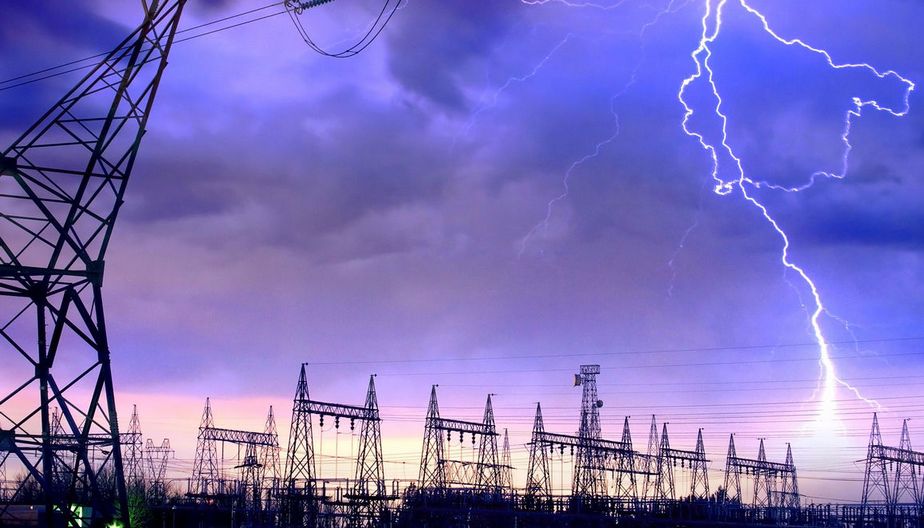

Lightning strikes have never changed as an ever-present natural phenomenon, but the structures and systems exposed to it have changed dramatically. We increasingly rely on sensitive electronic devices to perform critical functions for business and government. These systems are inherently sensitive to lightning damage.

Airworthiness authorities require aircraft to be protected and certified against lightning effects, but there are several such arrangements for sensitive facilities on the ground. If it is possible to protect an aircraft that is highly dependent on electronics from direct lightning strikes, it is absolutely possible to protect important ground-based facilities. To this end, professionals should reassess and update lightning protection methods for advanced facilities.
Yıldırım can damage your facility in two ways. Larger locations can become targets for direct impacts, exposing them to temperatures above 20.000 ° C and currents of 250.000 amperes or more. However, the potential to damage your critical electronic and electrical components remains, even when you are not directly affected. Lightning strikes cause ground voltage spikes that can damage systems within one kilometer radius. The only way to ensure that you are protected against these direct and indirect effects is to perform proactive tests and apply lightning protection to the design of your facilities.
Based on basic physics laws, proven techniques such as weather terminals (lightning rods), grounding, coupling, shielding, surge protection, and circuit design - when properly identified, designed and installed - can provide very good protection. Unfortunately, most of the existing codes and standards have been written to protect traditional structures and robust electrical equipment. These techniques are not always effective in protecting electronic devices. Often, designers relied on the installation of surge protectors and lightning terminals with little attention to other techniques. Therefore, many lightning protection designs based on traditional guidelines have proved to be inadequate. As with an airplane, a comprehensive plan that is responsible for and protects all sensitive systems from all direct and indirect lightning effects is the only way to ensure a high level of protection confidence.
Many devices are marketed that claim to offer significant improvements in lightning protection over conventional weather terminals and grounding systems.
Lightning cannot be eliminated, but with sound engineering and an in-depth understanding of lightning physics, systems and structures can not only survive, but can continue to work after a severe lightning strike.
To get an appointment, to get more detailed information or to request an evaluation, you can ask us to fill in our form and reach you.